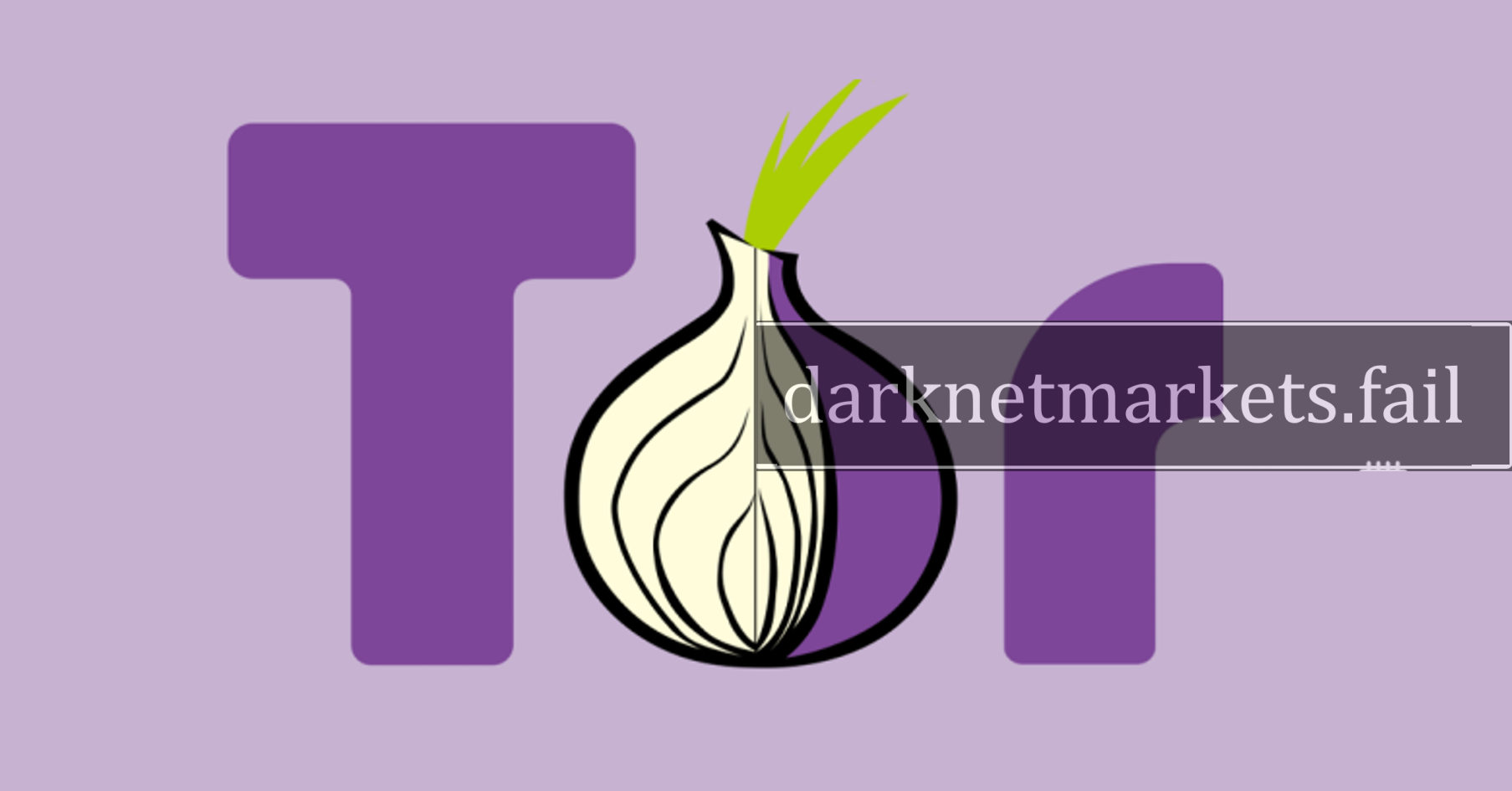.onion Links: How to Access the Dark Web Safely and Anonymously

Introduction
.onion Links – The dark web remains one of the most mysterious and misunderstood parts of the internet. Home to everything from whistleblower platforms and anonymous forums to underground marketplaces, it can only be accessed using special tools. A key element of this hidden realm is the .onion link—a type of URL that requires Tor (The Onion Router) to access.
In this comprehensive guide, we’ll cover everything you need to know about .onion links—what they are, how they work, how to access them safely, and the tools you’ll need for a secure and anonymous journey into the dark web. Whether you’re a journalist, researcher, privacy advocate, or just curious, this article is your all-in-one tutorial.
What Are .onion Links?
A .onion link is a special-use domain suffix used for websites accessible only via the Tor network. These are not indexed by traditional search engines like Google, nor can they be accessed through a standard browser.
A typical .onion link looks like this:
http://exampleonion1234.onionUnlike normal websites, .onion addresses are made up of a string of random characters—this design adds an extra layer of privacy and anonymity for both the user and the server.
Why Use .onion Links?
.onion sites are hosted on the dark web, the hidden layer of the internet that operates on privacy-centric principles. People access these sites for various reasons:
- Whistleblowing and journalism (e.g., SecureDrop platforms for anonymous tips)
- Bypassing censorship in authoritarian countries
- Accessing darknet marketplaces (for legal or illegal purposes)
- Joining privacy-focused forums
- Exploring cryptography or hacking tools for educational use
How to Access .onion Links: A Step-by-Step Guide
1. Download the Tor Browser
To access .onion links, you must use the Tor Browser, which is based on Mozilla Firefox but routed through the Tor network.
- Download Link: https://www.torproject.org
- Available for Windows, macOS, Linux, and Android
Once installed, open Tor and connect to the network. You’re now ready to access .onion websites.
2. Use a VPN for Extra Security (Optional but Recommended)
Using a VPN in conjunction with Tor can help:
- Mask your Tor usage from your ISP
- Add an extra layer of encryption before you connect to Tor
- Prevent potential IP leaks
Popular VPNs for dark web use:
- ProtonVPN
- NordVPN
- Mullvad
Always choose a no-logs VPN to maintain maximum anonymity.
3. Find Verified .onion Links
Never click on random .onion links—many are phishing sites or scams. Always use verified link directories like:
- DarkNetMarkets (DNM): Trusted source for up-to-date market links
- The Hidden Wiki: A popular directory, though it may list both legal and illegal sites
- OnionLand Search Engine
- Dark.fail: A status monitor of various .onion websites with PGP verification
Make sure you verify the link through PGP signatures or forums like Dread.
4. Practice Safe Browsing on the Dark Web
Once you’ve found a legitimate .onion link, follow these safety practices:
- Do not use your real name, email, or passwords
- Disable JavaScript in Tor settings to avoid vulnerabilities
- Never download unknown files
- Avoid clicking random links inside .onion sites
- Use cryptocurrency wallets that don’t reveal your identity
- Stay off camera and microphone—some sites may try to exploit device permissions
Common Types of .onion Sites
Not all .onion sites are illegal or shady. Here’s a breakdown of common site types:
1. Privacy Tools and Services
- ProtonMail (.onion version)
- DuckDuckGo (.onion search engine)
- RiseUp email and chat platforms
- SecureDrop (.onion for journalists)
2. Marketplaces
- Legal markets for books, software, collectibles
- Some illegal markets (drugs, fake IDs)—these pose significant legal risks
3. News and Political Platforms
- BBC Tor mirror
- New York Times (.onion version)
- Political activist sites or censorship resistance platforms
4. Forums and Communities
- Dread: Reddit-like discussion board on dark web topics
- Hidden Answers: Anonymous Q&A forum
- Intel Exchange: Info-sharing space for hackers and cyber experts
Tips for Safely Navigating .onion Links
✅ Use Burner Accounts
Never use your personal or professional email addresses. Use encrypted, anonymous email services like ProtonMail, Tutanota, or CTemplar.
✅ Monitor the Market Status
Darknet marketplaces are frequently seized or exit-scam users. Use platforms like dark.fail or DNM status pages to check if a market is still operating safely.
✅ Enable HTTPS-Only Mode
Although the Tor network encrypts your connection, some sites may try to redirect to non-encrypted pages. Enabling HTTPS-only mode in your Tor browser ensures all traffic is encrypted.
Legal and Ethical Considerations
Accessing the dark web using .onion links is not illegal in most jurisdictions. However, what you do once you’re there can have legal implications.
- Legal Uses: Research, privacy communication, journalism, forums
- Illegal Uses: Buying drugs, weapons, child exploitation content, stolen data
Reminder: Always research your country’s internet and privacy laws before visiting .onion sites. Law enforcement agencies monitor many dark web platforms, and careless mistakes can lead to serious consequences.
Conclusion
.onion links are the gateway to the dark web, a vast and complex network filled with both useful tools and dangerous pitfalls. Whether you’re seeking anonymous browsing, censorship-resistant news, or a deeper understanding of internet privacy, learning how to access .onion links securely and responsibly is the first step.
Always prioritize security, anonymity, and legality when exploring this part of the internet. With the right tools—Tor, a VPN, and trusted resources—you can safely navigate the dark web and uncover parts of the internet that remain hidden from public view.



